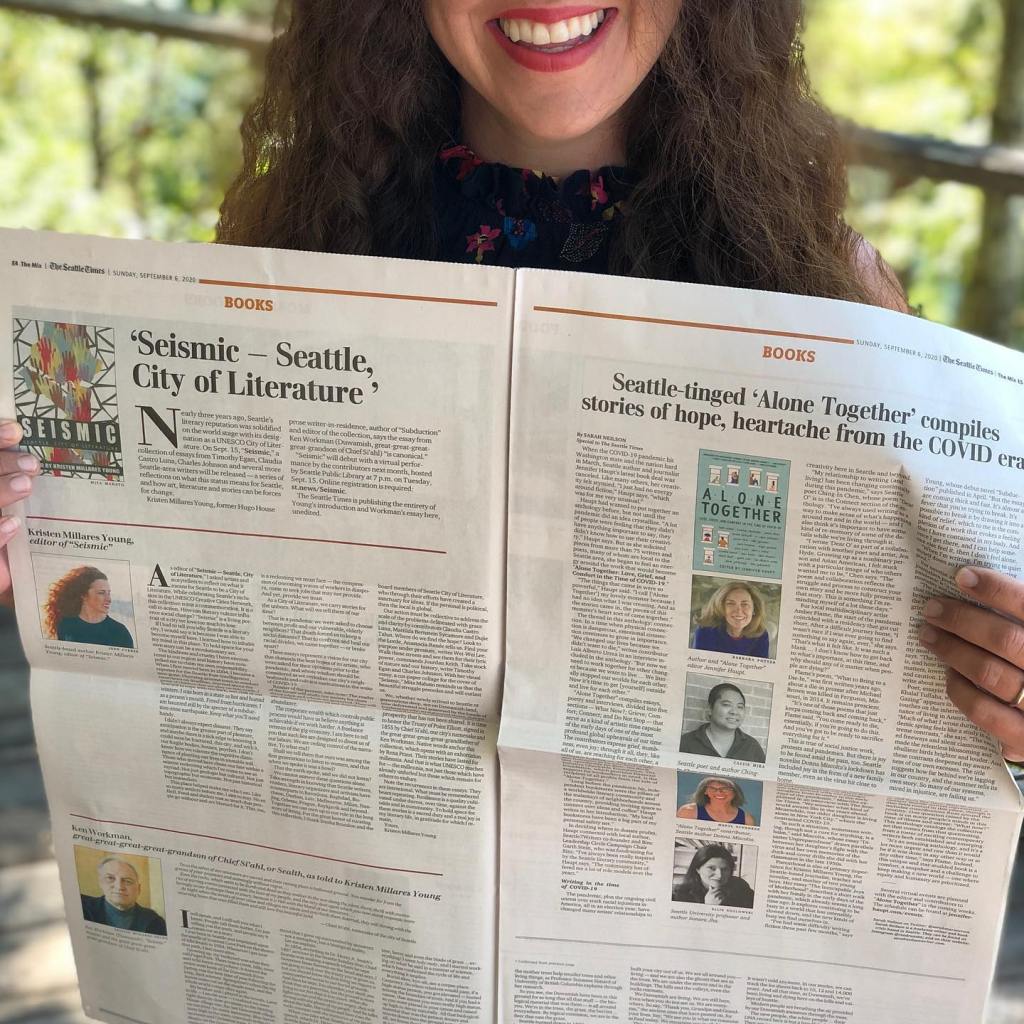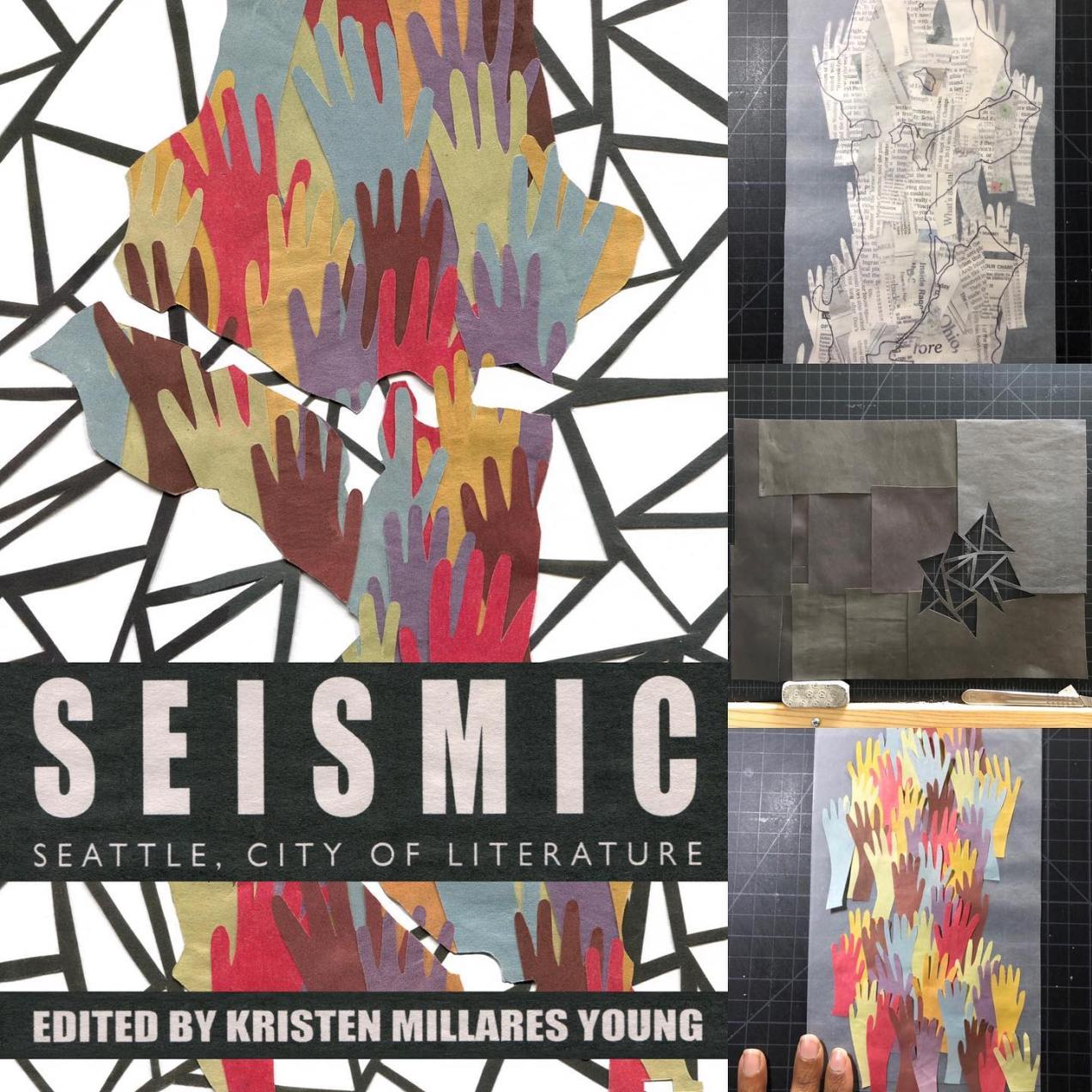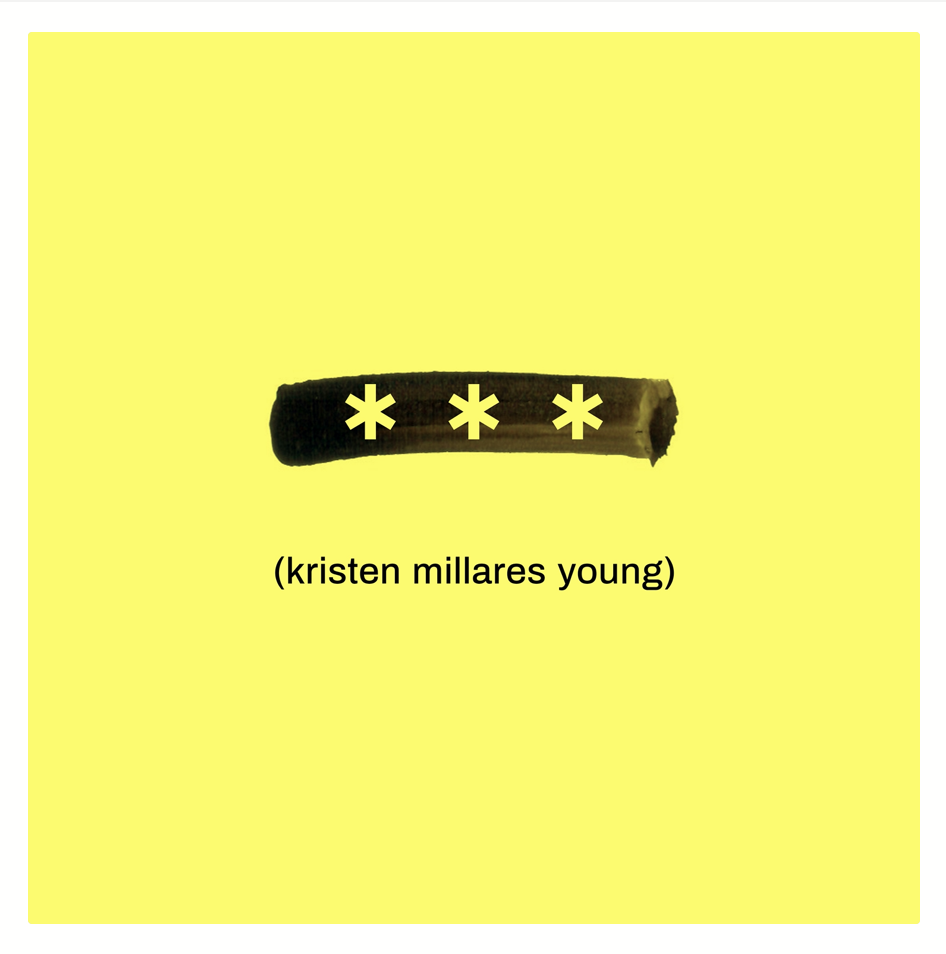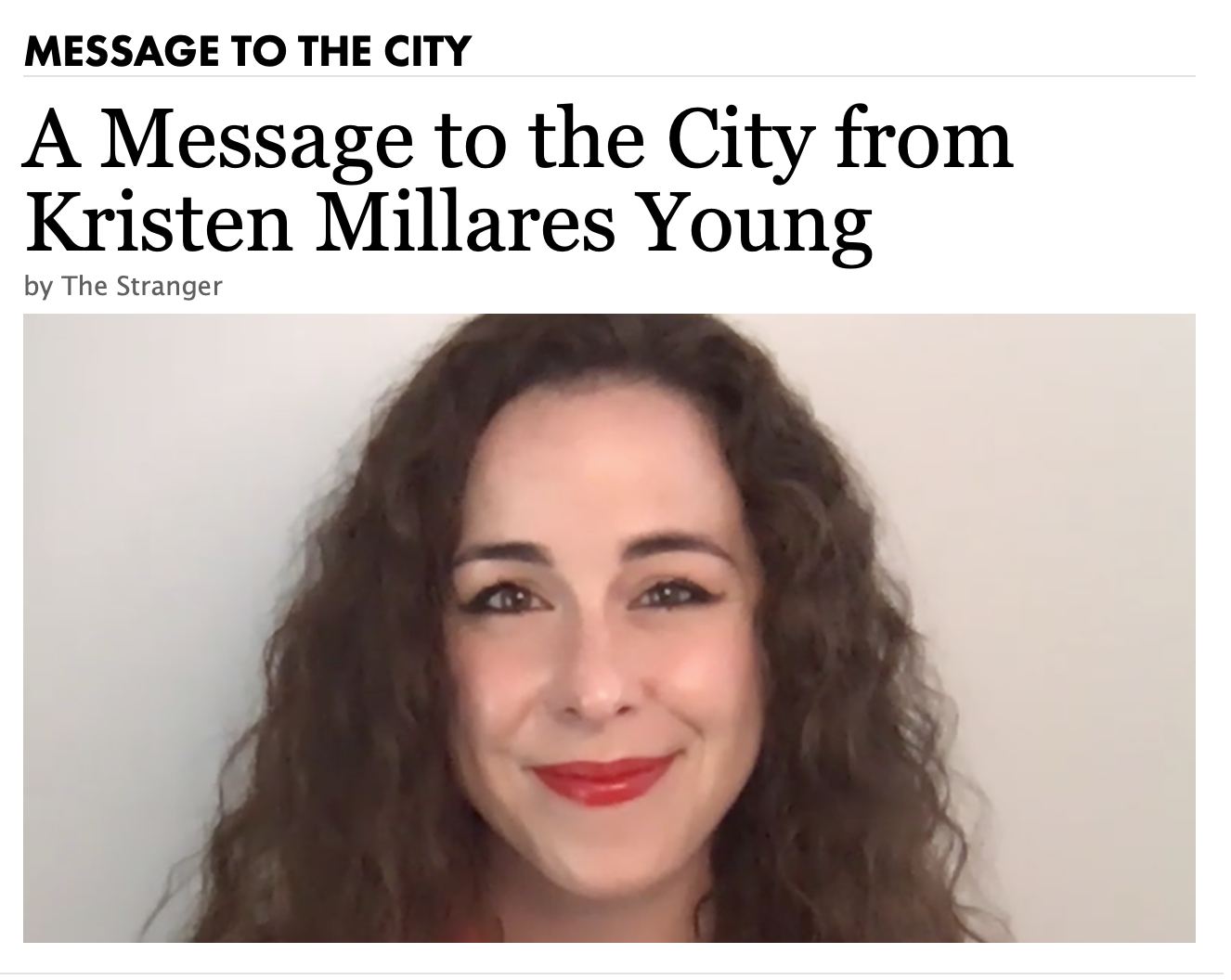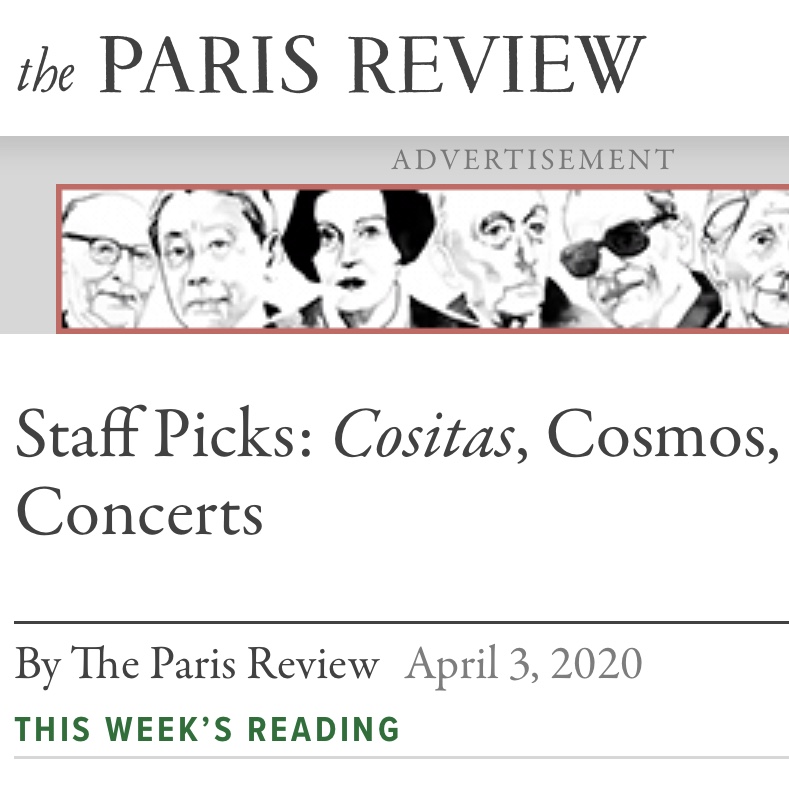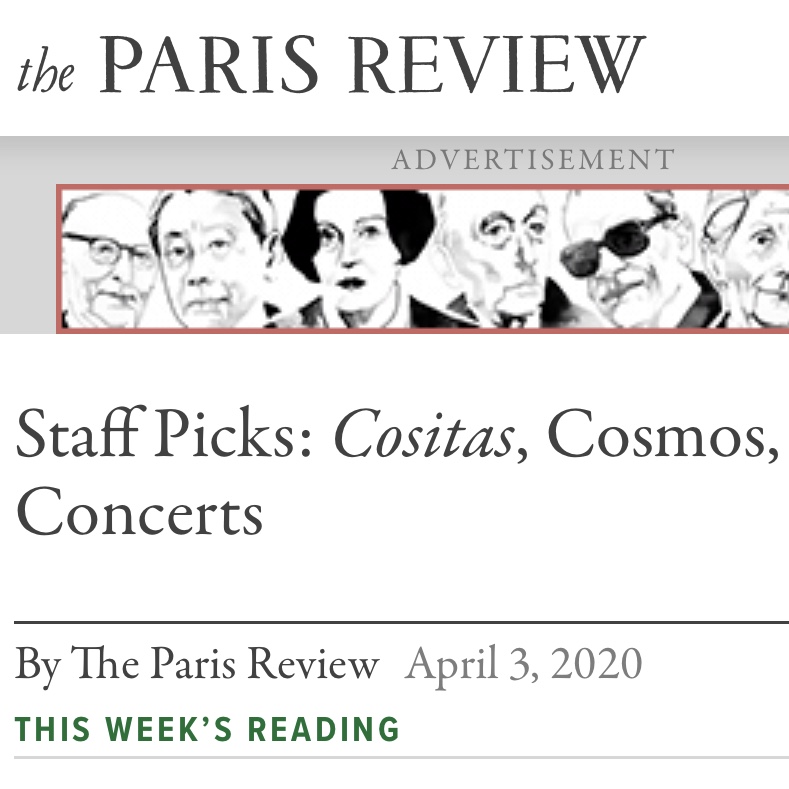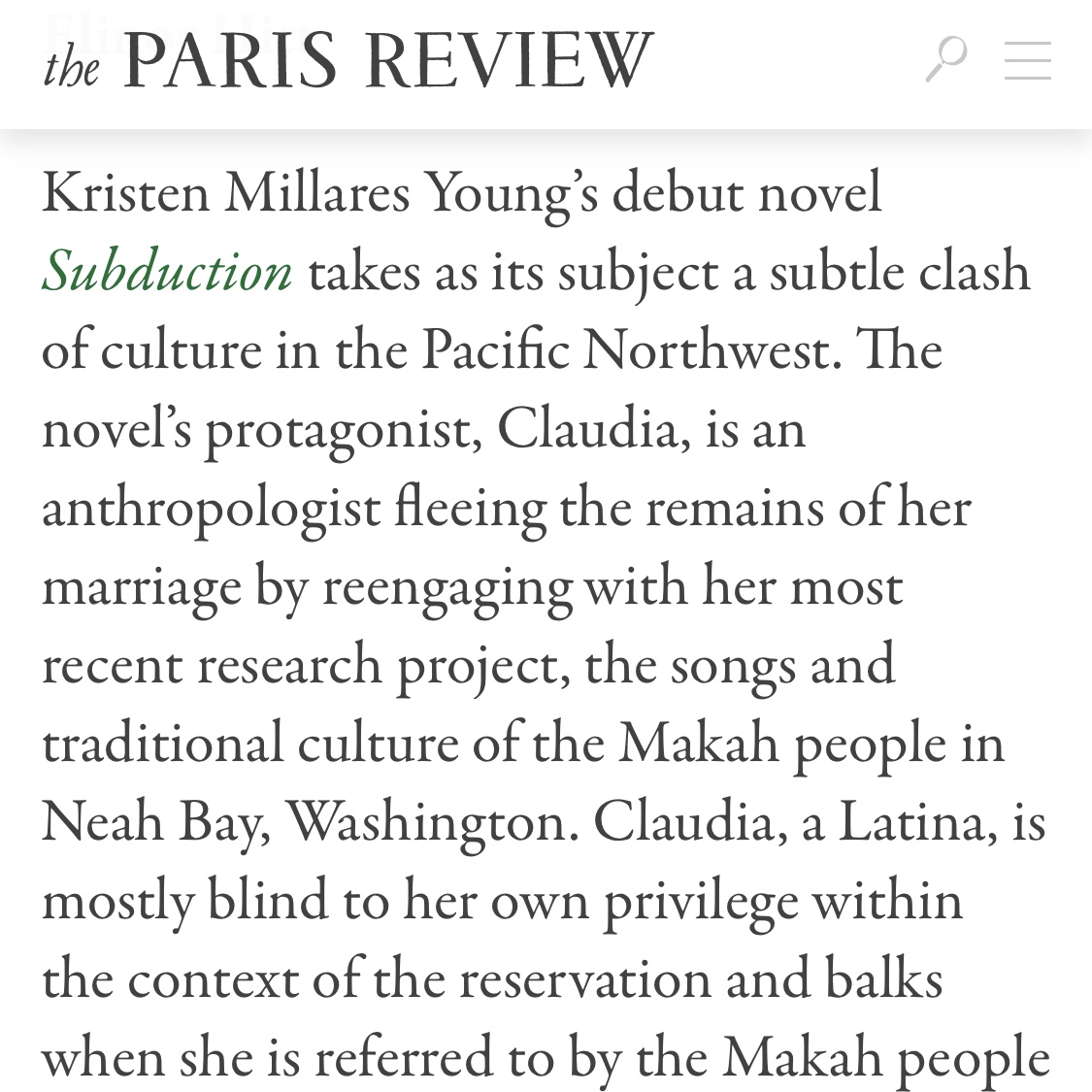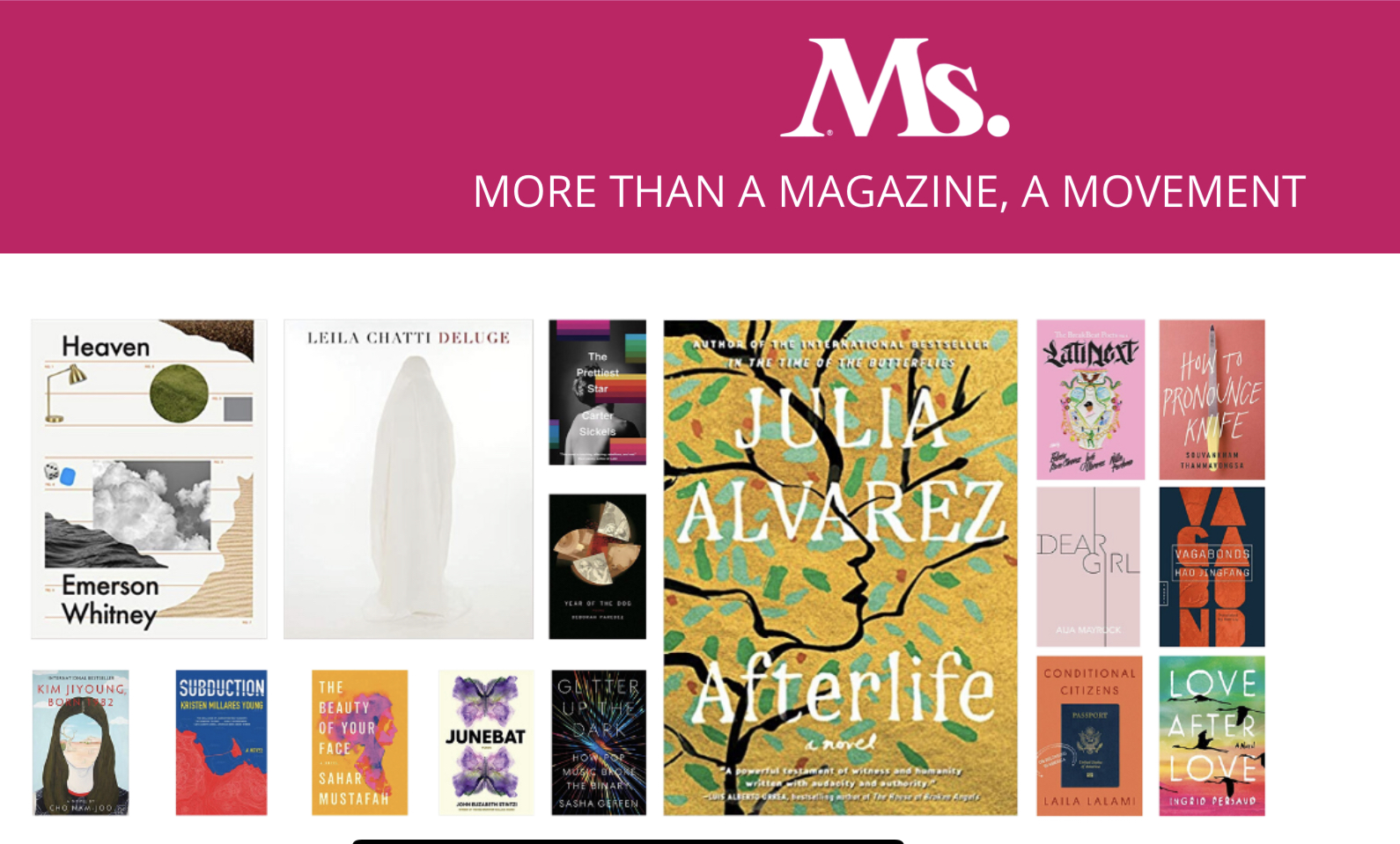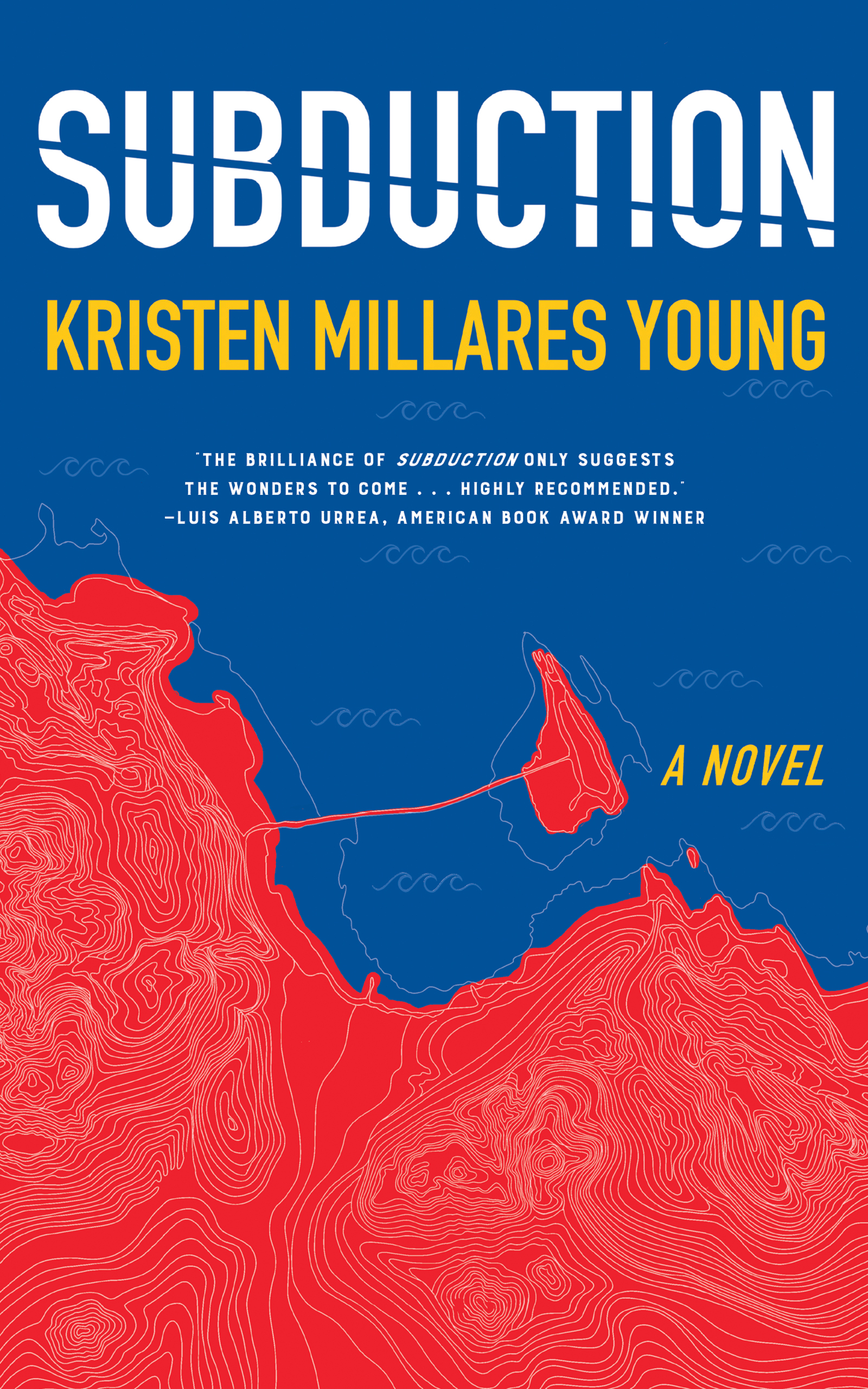“As editor of SEISMIC — Seattle, City of Literature, I asked artists and storytellers to reflect on what it means for Seattle to be a City of Literature. While celebrating Seattle’s inclusion in the UNESCO Creative Cities Network, this collection is not a commemoration. It is a call to action. How can literary culture influence social change? SEISMIC is a living portrait of a city we love too much to lose.”
We made SEISMIC free of charge so you can read and share these urgent contributions by leading local writers. As we revitalize our arts institutions in the wake of this pandemic, their wisdoms should prevail.
This moment — creating space for stories that need to be told and retold — is the culmination of my literary life. Available by download right here, SEISMIC is in print at book stores and libraries throughout Seattle.
Featuring cover art by Mita Mahato, SEISMIC contains essays by Rena Priest, Anastacia-Renée, Jourdan Keith, Claudia Castro Luna, Mattilda Bernstein Sycamore, Dujie Tahat, Timothy Egan, Charles Johnson, Wei-Wei Lee and Ken Workman, the great-great-great-great grandson of Chief Si’ahl. To steward the ideas of these artists and wisdom keepers is a sacred duty.

Of her cover image, Mita Mahato wrote, “I want this image to convey both celebration and struggle. Both have been part of my experience as a writer/artist in Seattle.” Thanks to Mita for sharing images of her making.
Below I have included excerpts from SEISMIC essays also published by the Seattle Times, KUOW, Crosscut, Seattle Met, Seattle Arts & Lectures and The Stranger, which invited me to record this video Message to the City. My thanks to The Rumpus for publishing my SEISMIC-inspired reading list and this rave review, as well as to KUOW 94.9-FM for featuring our launch performance on Speaker’s Forum.
*
“I will speak, and I will tell you what I know. People call them stories. I’m just telling you the truth, and people say it comes out as a story.”
I met Ken Workman at a screening of PROMISED LAND, an urgent Tall Firs Cinema documentary about the Duwamish Tribe’s fight for federal recognition. There, Workman reflected on the science behind the famous speech by his great-great-great-great grandfather Chief Si’ahl, Seattle’s namesake.
“I grew up surrounded by ancestors — not a metaphor, but a biological reality.”
Because his oral history embodies the ongoingness of intergenerational knowledge, I knew his insights needed to anchor this collection, which examines the responsibilities inherent in our city’s UNESCO designation. The Seattle Times quoted me calling his essay canonical. I do believe it is so.
The deep truths of Duwamish claims on Seattle should be held in keeping by us all — so please read his SEISMIC essay and my introduction, which were published together in a Sunday edition of The Seattle Times.
“If I had to tell you why Seattle is a literary city, I would say it is because I was able to become myself here. I learned how to inhabit my mind in this place. To hold space for your own story can be a revolutionary act.”
*
“When wildfires rage in the forests around us, the air in the city is a choking reminder that all the latest material comforts in a prosperous city cannot shield you from an overheated world.”
In his SEISMIC essay published by Crosscut, renowned author and New York Times columnist Tim Egan reminds us to consider our shared history and responsibilities as we craft a collective future.
What an honor to serve, if only briefly, as Tim Egan’s editor, a statement which holds true for all of these beautiful writers. Their minds are a form of global heritage now recognized by UNESCO.
*
“Story is a way of seeing each other and ourselves. Story is a way of surviving.”
In her SEISMIC essay in Seattle Met, American Book Award-winning poet Rena Priest (Lummi) delves deep into language which precedes all but the most ancient lineages here.
“In Xwlemi Chosen (Lummi language), we have a word that talks about the time when we were all together: Elhtalngexw.”
*
“Below our feet, whether we know it or not, every Seattle writer, every Seattle reader walks on stories. We walk on mountains pushed into the sea.”
Breathe in this SEISMIC essay by Seattle Civic Poet Jourdan Keith, published by KUOW.org.
“We are walking on Lushootseed words, like the early grass, like the rattle of the camas flower dried in the wind. We walk on a city that was and is and will be. Any city that comes through fire has its own holiness. Any city that walks on water carries cathedrals inside.”
*
I asked Washington State Poet Laureate Claudia Castro Luna to articulate her thoughts about Seattle’s designation as a UNESCO City of Literature. How can literary culture influence social change? I wanted to know her mind on that matter.
Like the poet she is, Claudia subverted the question in her SEISMIC essay, published in Crosscut, to show that it is social change which must transform literary culture. “What is at stake for Seattle is not guarding a literary legacy but envisioning one.”
*
“If this is a great literary city, how do we expose all the layers of violence so we can imagine something else? How do we write what we really feel, so we can feel what we really need? How do we use language to expose hypocrisy rather than camouflaging harm? I want to live in a city that doesn’t destroy the lives of the people who are already the most marginalized by systemic and systematic injustice. This may be too much to ask of literature, but it’s not too much to ask.“
In her SEISMIC essay published by Seattle Arts & Lectures, the slippery lines of celebrated author and queer activist Mattilda Bernstein Sycamore reach truth like rivers finding the sea.
*
“When our art spaces refuse to acknowledge or address this ever-growing loss, they become complicit in the marginalization of the very culture these spaces claim to cultivate. What’s rendered invisible is not just the brilliant literature produced by a talented individual but the whole community that made that individual possible in the first place.”
I was very glad to see Literary Hub publish Dujie Tahat’s SEISMIC essay.
“We need more activist politics in our art institutions. We need leaders willing to risk their power, those with the courage to align themselves with people and principles. Now is the time for such ambition. If there’s hope to be found in our city, it is how we come together—hopefully led by our literary institutions—to be the bulwarks our people deserve.”
*
“If you are, as I am, presently here in Seattle—whether you are passing through or staying put—remember that we each have a little magic, and the city brings it out in us. We are capable of creating such things as no one has ever done.
We are more than what people want to see, sometimes more than even we ourselves expect to see. We are not bound to the lots we draw.”
In her SEISMIC essay published by Seattle Arts & Lectures, former Youth Poet Laureate Wei-Wei Lee writes about how she emerged from the vise of cultural expectations to join Seattle’s literary community.
*
“Because Seattle, more than any of the other place I have lived, has a more robust literary community, I have been able to see aspects of myself in organizations like Langston Hughes Performing Arts Institute and Northwest African American Museum. I have planted myself, grown and opened up spaces for others to grow and flourish in organizations like Hugo House and Jack Straw.”
Former Seattle Civic Poet Anastacia-Renée commands us to look to the Lorde for guidance in her SEISMIC essay published on SAL/on.
*
To my delight, Seattle Arts & Lectures published the SEISMIC essay by scholar, MacArthur genius and National Book Award-winning author Dr. Charles Johnson, who celebrates “the pregiven poetry in the extravagant beauty outside our windows.”
*
Stories are our heritage. We made this beauty for you, buoyed by the cheer and dedication of Stesha Brandon & The Seattle Public Library as well as the kind generosities of Seattle City of Literature board members Rebecca Brinbury (chair), Juan Carlos Reyes, Jim Cantú, Brittany Yost, Eric Abrahamsen, Fatema Kothari, Isla McKetta, Josh Fomon, Line Sandsmark, Rick Simonson and Irene Gomez. My thanks for their work and support from the Seattle Office of Arts & Culture, the Connie and Gary Kunis Foundation and the Seattle Public Library Foundation.
Their generosity is a way of showing up for our community, but as Simone Weil wrote, attention is the purest form of generosity. Please read SEISMIC, available for free right here: https://www.seattlecityoflit.org/seismic-seattle-city-of-literature
